Handmade ceramic tiles: 6 manufacturing steps
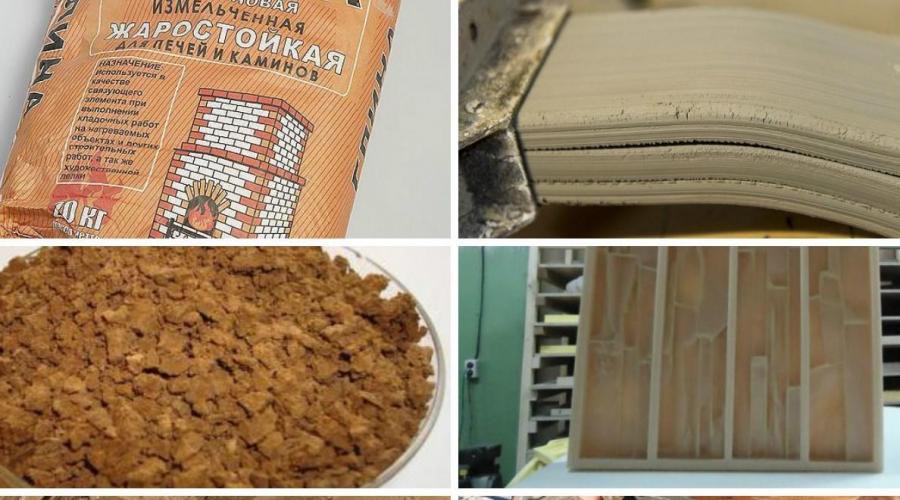
Ceramic tiles are a very common surface finishing material. Tiles are practical and long lasting if properly installed and used. Handmade ceramic tiles are also distinguished by their originality and uniqueness of design. Anyone can make this tile. Who is ready to delve into the issue of its production technology. It is possible that the product will not work the first time, but the more experienced the master, the better the product. Unique samples of tiles can be used to decorate your own home, or you can put it up for sale.
In order to make ceramic tiles yourself, you need to understand its types as best as possible. The use of non-plastic clay can lead to cracking and rapid breakage of the product. So that the clay is not refractory, it can be diluted with sand or pumice.
It is important to remember that one of the main properties that facing tiles should have is power.
In order to thoroughly strengthen the tile, a reinforcing mesh is used. In order for the tile to acquire additional shades, mineral oxides, which are natural pigments, are added to it. In some types of clay, these pigments are present initially.
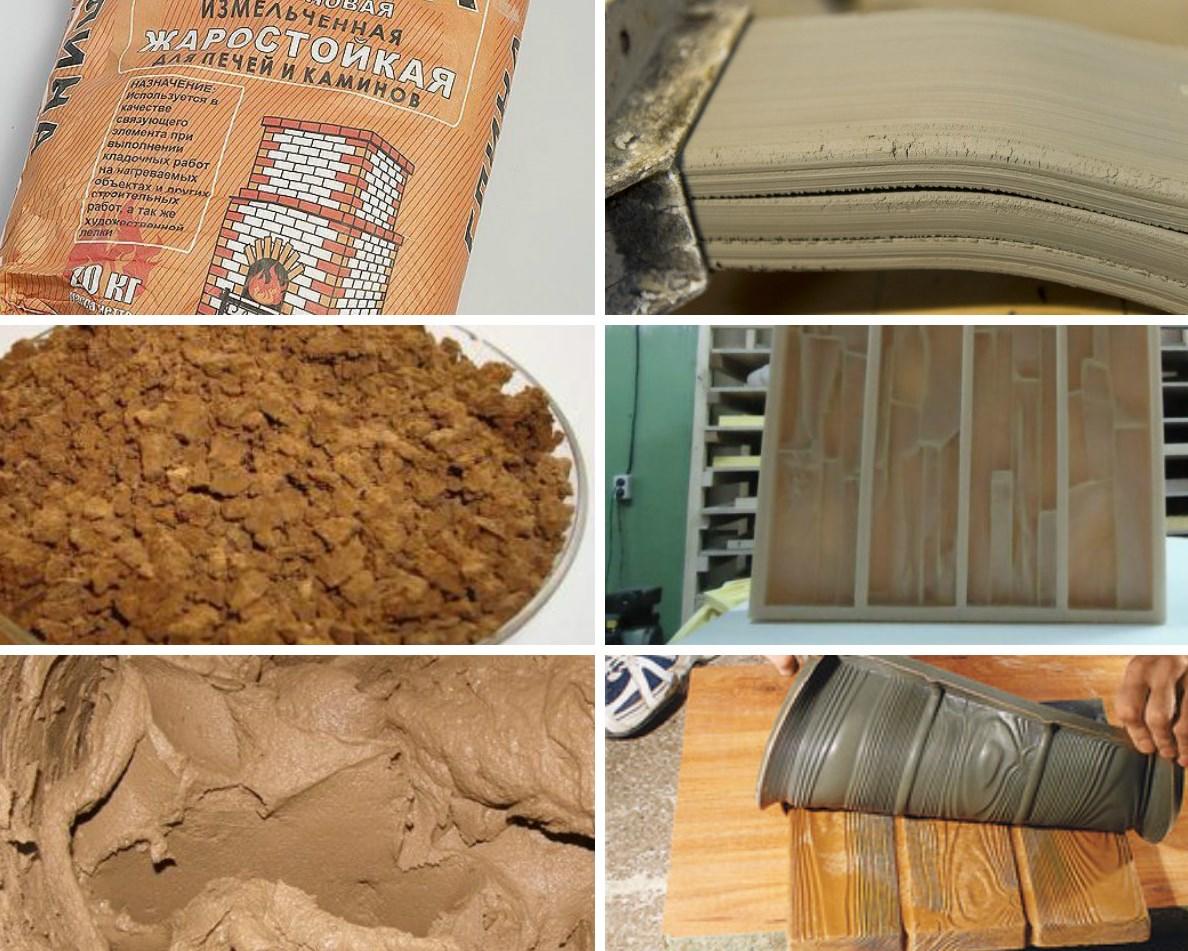
Breed types:
- Kaolin. Has a white color. Faience and porcelain, paper and cosmetics are made from it.
- Cement. Used to prepare mixtures.
- Brick. Melts easily. Used for the production of brick products.
- Refractory. It is a representative of the refractory variety. It withstands exposure to such high temperatures as 1580 degrees.
- Acid-resistant. Does not interact with a large number of chemical compounds. Chemical-resistant dishes and molds for the chemical industry are made from it.
- Molding. Representative of a plastic refractory grade.
- Bentonite. Has bleaching properties.
You need to decide on the composition before starting to manufacture the product. Everything must be carefully thought out. All components are important to mix in the correct proportions. The choice of clay will depend on what type of tile is needed: paving or for decorating the room from the inside.
Ceramic tile production technology
When deciding to engage in independent production of ceramic tiles, it is necessary to study in detail the technology of its manufacture. Almost all types of ceramics are made using the same method. The most important thing in the production of tiles is to have the right materials and fixtures.
Tiles are made from plastic clay mass. It is from it that the tile is formed of the shape that they decided to give it.
After the shape of the tile is formed, the clay is subjected to further processing. In order to produce high-quality ceramics, it is necessary to choose the right raw materials. It is important to take a responsible approach to the choice of clay, additional charge, and also to properly withstand the wet mass.
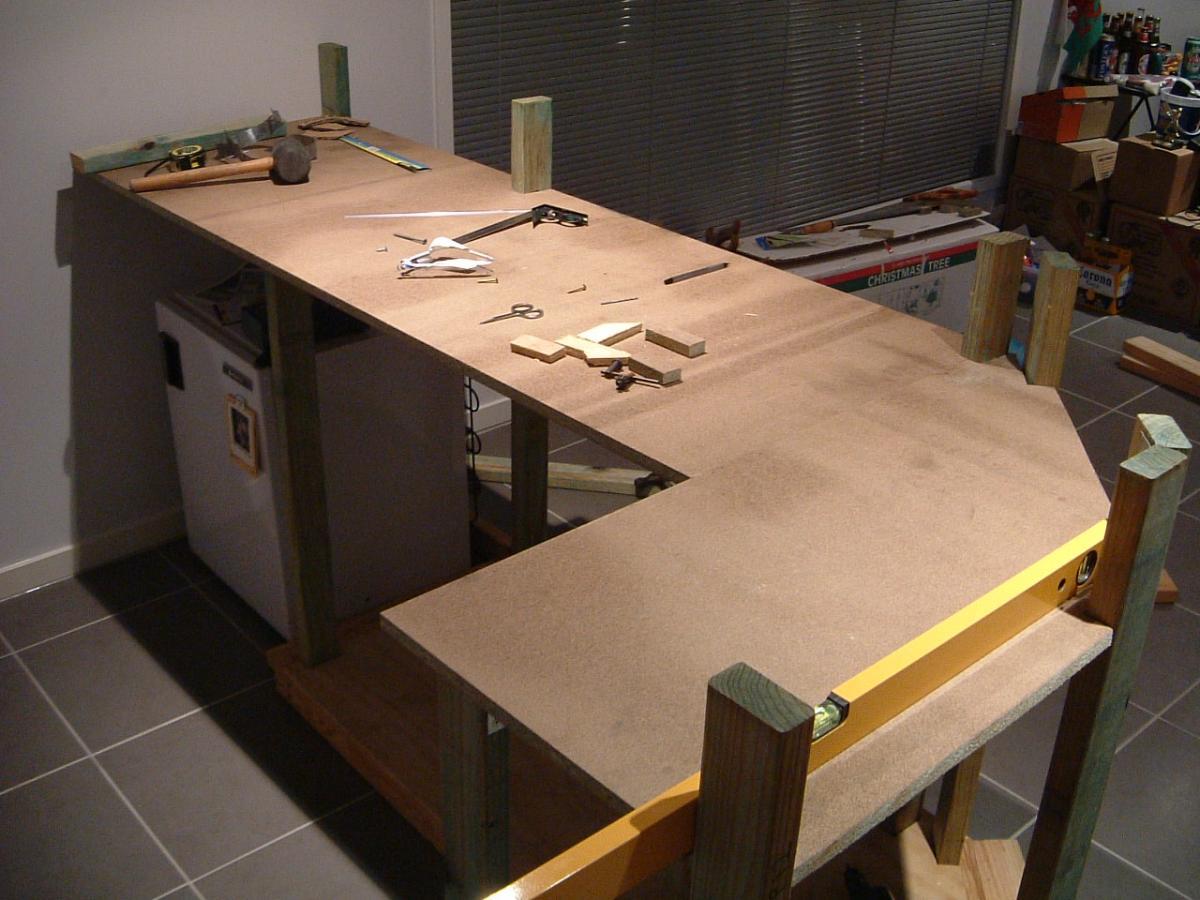
Plate manufacturing technology:
- First, raw clay is harvested. To proceed to the next procedure, the raw material is dried properly.
- This is followed by a biscuit firing procedure. Primary processing involves the use of high temperature in order for the mineral particles to fuse with each other. It is this alloy that contributes to the creation of a durable ceramic product. It is called terracotta.
- The surface of the product is primed and lacquer, enamel or glaze is applied to it, in order to burn it again later.
Making a good tile at home is not so easy. To do this, each stage of work must be performed perfectly. From the very beginning, you need to choose the right raw materials - there are a lot of varieties of clay. When choosing clay for making tiles, you need to correctly determine its plasticity. The most plastic is oily clay, but non-plastic clay is called lean. For the manufacture of tiles, it is best to use the middle type.
Manufacturing steps: do-it-yourself ceramic tiles
Handmade clay tiles look very beautiful. Clay is very plastic, which is why it is pleasant and convenient to work with it. In order for the casting to turn out to be of high quality, clay must be well prepared for its manufacture.
The ability of clay to take any shape and keep it during drying is called plasticity.
To prepare the clay, you will additionally need sand, gear or ground pumice. For independent production of tiles, you will need material, a form for future ceramics, cliches, shovels, scoops, trowels. You should also take care of the presence of a mesh to reinforce the product.
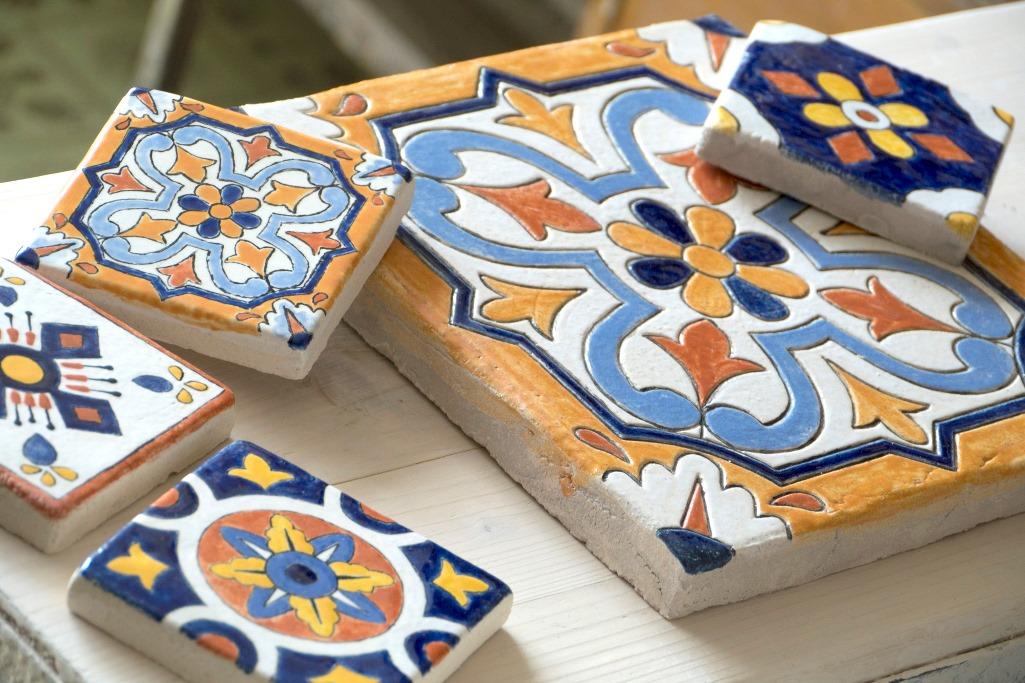
Stages of making tiles:
- Prepare clay, preferably medium plasticity. Clay should be soaked in water for several days.
- Using a mesh, you need to grind the clay.
- Lay out the material on newspapers or cloth. Wait until the clay thickens.
- Put the clay into the mold and compact.
- Dry the clay first.
- Start the roasting process.
The firing process is complex, so it requires special equipment. For firing tiles at home, a muffle furnace is suitable. During the firing process, the tile hardens and becomes durable.
Do-it-yourself glass tile manufacturing options
The use of glass tiles is also common, as is the use of tiled surfaces. Such tiles are often decorated with subway stations, medical institutions, factories and plants. Recently, decorating with glass tiles has gained popularity in residential areas.
There are three main ways to manufacture glass tiles: cutting sheet opaque glass, firing and tempering.
The quality of the tile and the ability to decorate this or that room with it will depend on the manufacturing method. There are many types of glass tiles. Some of them can be made independently.
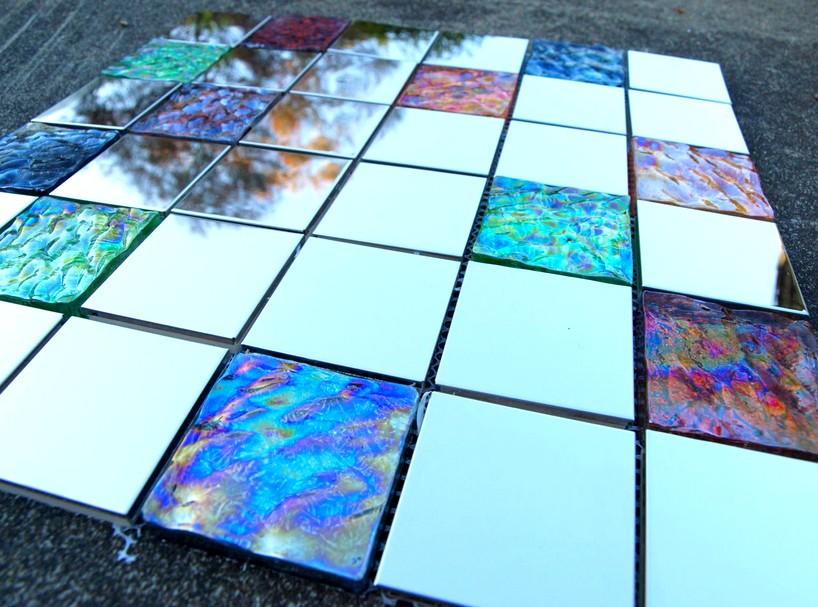
Types of glass tiles:
- Enamelled. For its manufacture, the firing method is used.
- Marblit. For the manufacture of rolled or frosted glass.
- Stemalite. Use the hardening method.
- Penodecor. Covered with a glass-like film.
- Tile with a pattern. Instead of enamel, a drawing is applied.
Glass mosaic cards look beautiful on the wall and floor. Decorating with glass tiles has many advantages. They are strong and durable. Over time, the tile does not deform and does not fade. Glass tiles are easy to care for and can always be kept clean. Glass tile goes well with other finishing materials.
Tile production (video)
Many do not want to use porcelain stoneware for decorating a room. Laying porcelain stoneware is popular, but more and more people are leaning towards the original version of the decor of a living space - laying clay tiles made by hand. Making tiles yourself is not very easy, especially when it comes to firing. In order for a tile to be of high quality, it must be fired. To do this, you can use a cement or muffle furnace.